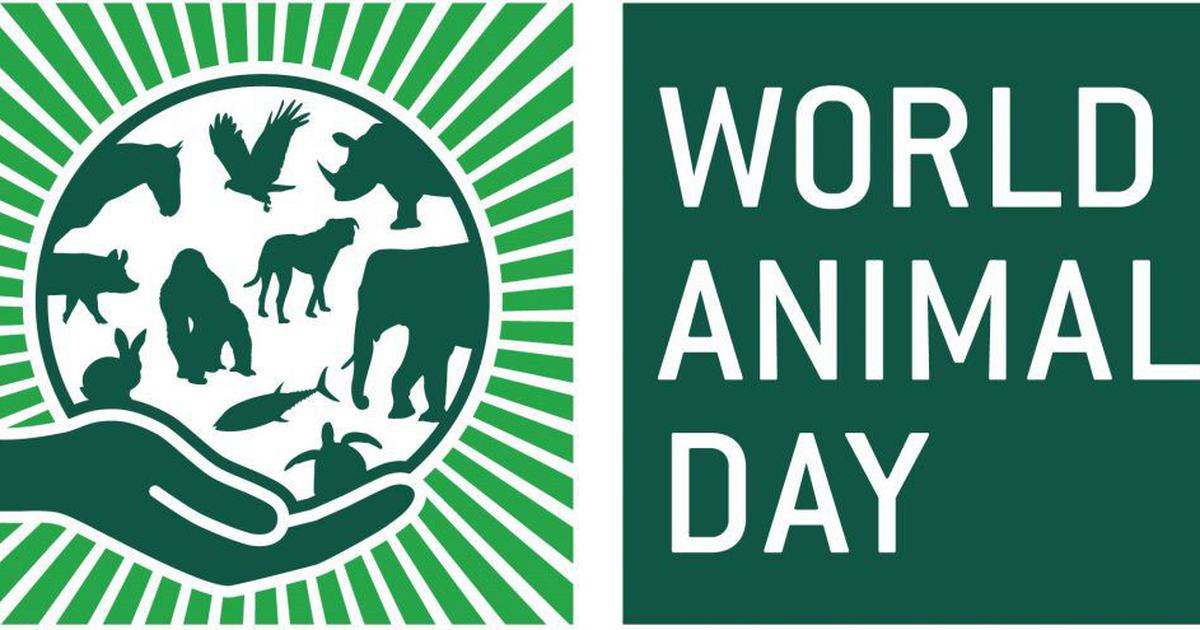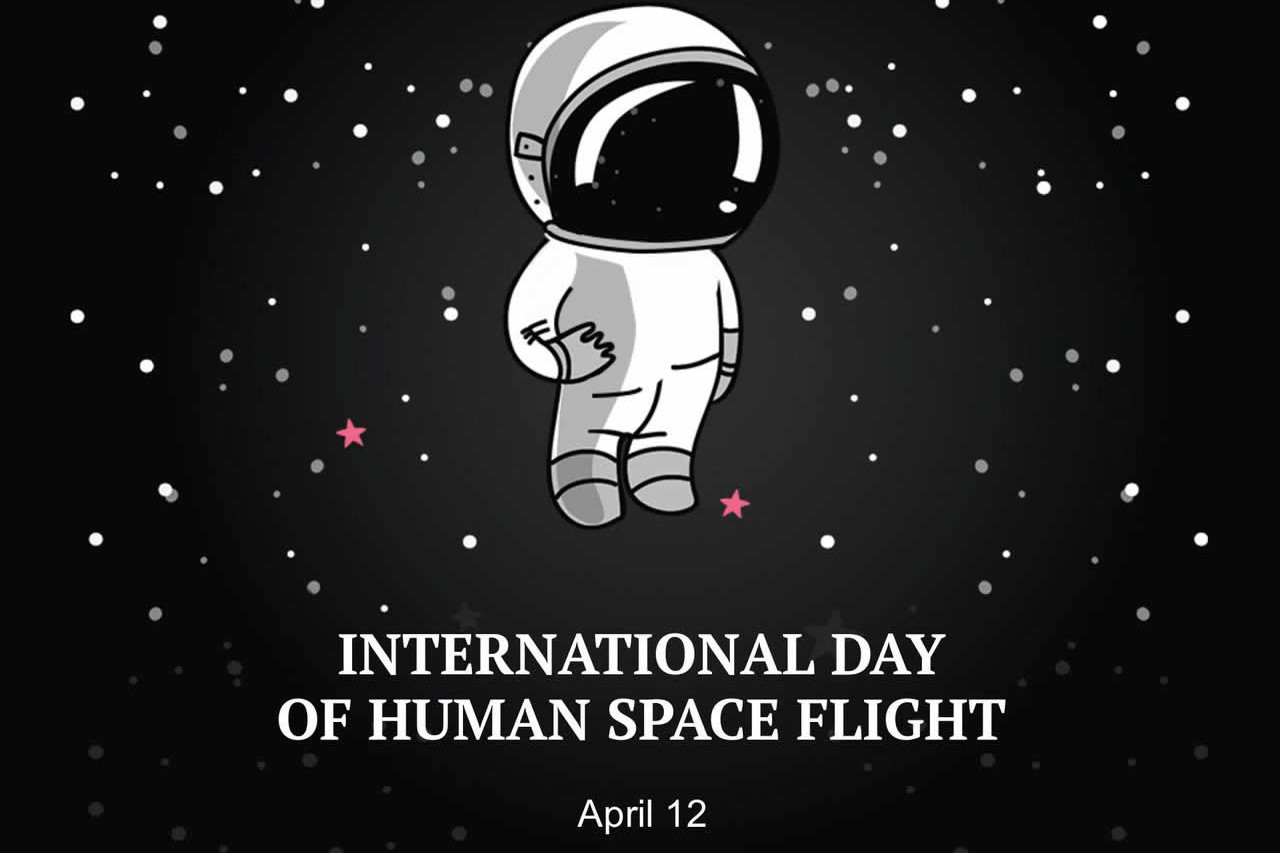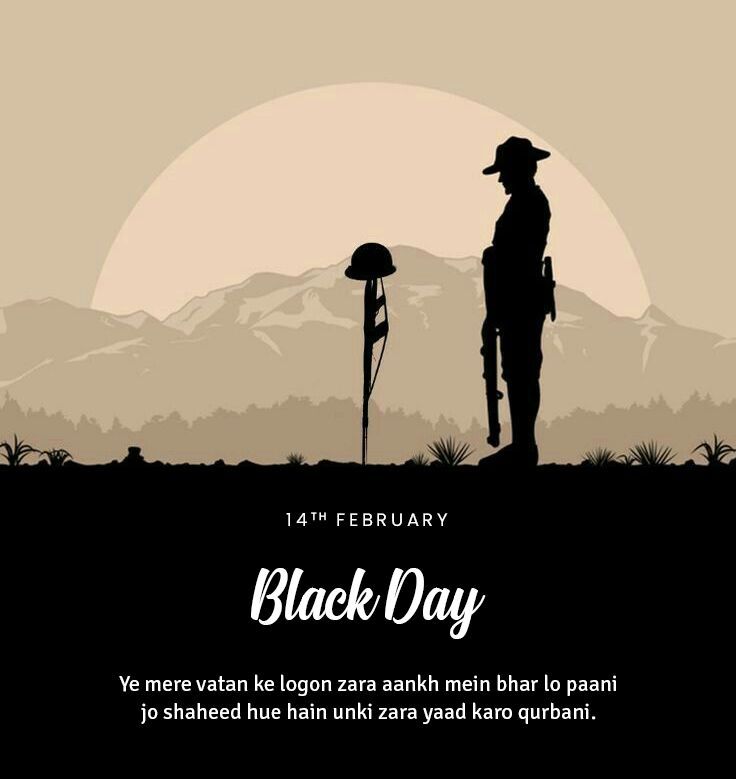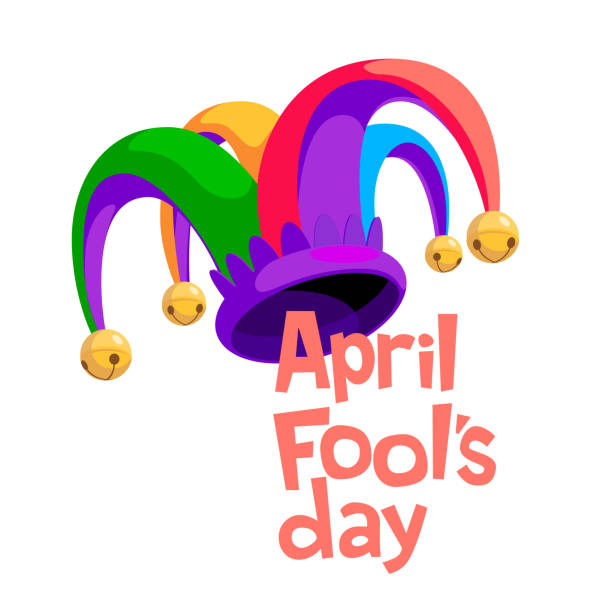
Every April 1st, do you find yourself staying alert, fearing that friends or family might pull a prank on you? That’s right, it’s the famous April Fool’s Day (also known as All Fools’ Day)!On this day, the atmosphere is thick with a sense of “Be careful, there’s a prank coming!”.
Interestingly enough, this day isn’t an official holiday in any country. You still have to go to work or school as usual. It’s purely a folk festival where people participate voluntarily for fun.
So how did it come about? The most reliable and widely accepted theory is that it started in France. Let’s go back to 1564 when the French king decided that the entire country should switch to a new calendar (the Gregorian calendar that we use today). Before the calendar change, many places used to celebrate New Year around April 1st with parties and gift-giving. But with the new calendar, New Year’s Day was moved to January 1st. Back then, information didn’t spread as quickly as it does now. Some people were either slow to adopt the new calendar or simply forgot about it and continued celebrating New Year around April 1st.
Those who had adopted the new calendar and celebrated New Year on January 1st found this amusing and somewhat mocking. They started playing pranks on those who still celebrated in April by sending them fake gifts or party invitations or just making fun of them for being “April Fools.” This is considered the earliest form of April Fool’s Day! Doesn’t it paint quite a picture? It’s like new trends making fun of old traditions.

This mischievous spirit eventually spread to England in the 18th century. The British seemed to have a natural affinity for this kind of humor and found it quite enjoyable! As British colonists and immigrants moved around, they brought this tradition with them to America and other parts of the Americas. Over time, April Fool’s Day became popular in Western countries as a day for light-hearted pranks.
Although the way people celebrate might vary from place to place, the core idea remains the same: playing harmless jokes on friends, family, and even colleagues for a good laugh. Pranks can be simple like telling someone their shoelaces are untied or putting salt in the sugar jar. They can also be more elaborate; sometimes media outlets will publish outrageous but seemingly plausible fake news stories (though they usually debunk them later or admit they were April Fool’s jokes). The key is that these pranks are meant to be good-natured and harmless, with laughter being the ultimate goal. In some places, there’s even an unwritten rule that pranks should only be played until noon; after noon, anyone still playing pranks becomes the “fool.”
In essence, April Fool’s Day offers a chance for collective silliness and fun. It taps into our deep-seated human need for playfulness and light-hearted moments. On this day, people seem to agree to let down their serious facades just a bit and enjoy moments of being “tricked” followed by realization or sharing laughs after successfully pranking friends. It’s a unique way of bringing people closer through laughter and adding a bit of unpredictability and joy to life (hopefully the kind that makes you happy!).
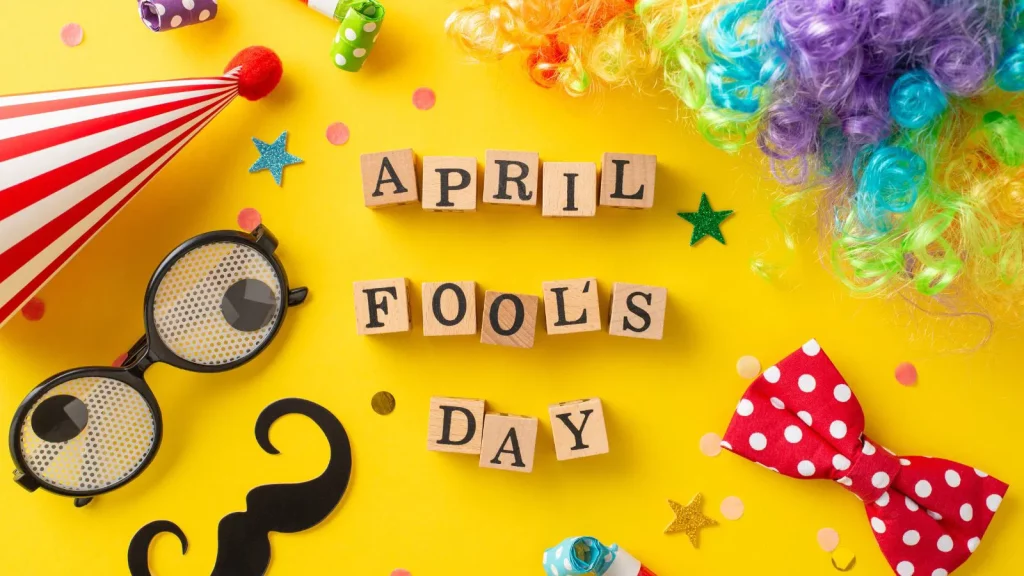
So on every April 1st, don’t stress too much! It’s good to stay alert but more importantly, enjoy the atmosphere filled with little “mysteries” and jokes! It’s a day about humor, jokes, and finding joy in everyday life. It might not have deep historical significance (unless you’re really into calendar reforms!), but it provides an opportunity for everyone to laugh together and face life with a lighter heart. In short: April Fool’s Day—beware of being tricked! Relax, have some fun, give your friends a good-natured “surprise” or “scare”! It’s a global “Day of Jokes”!
